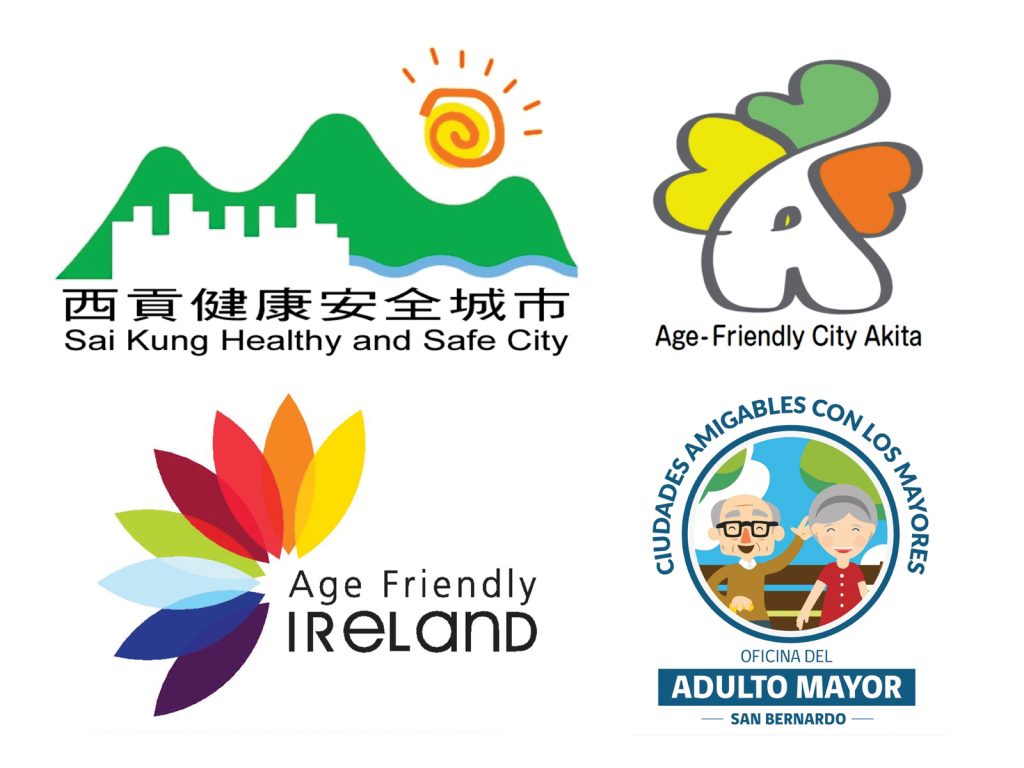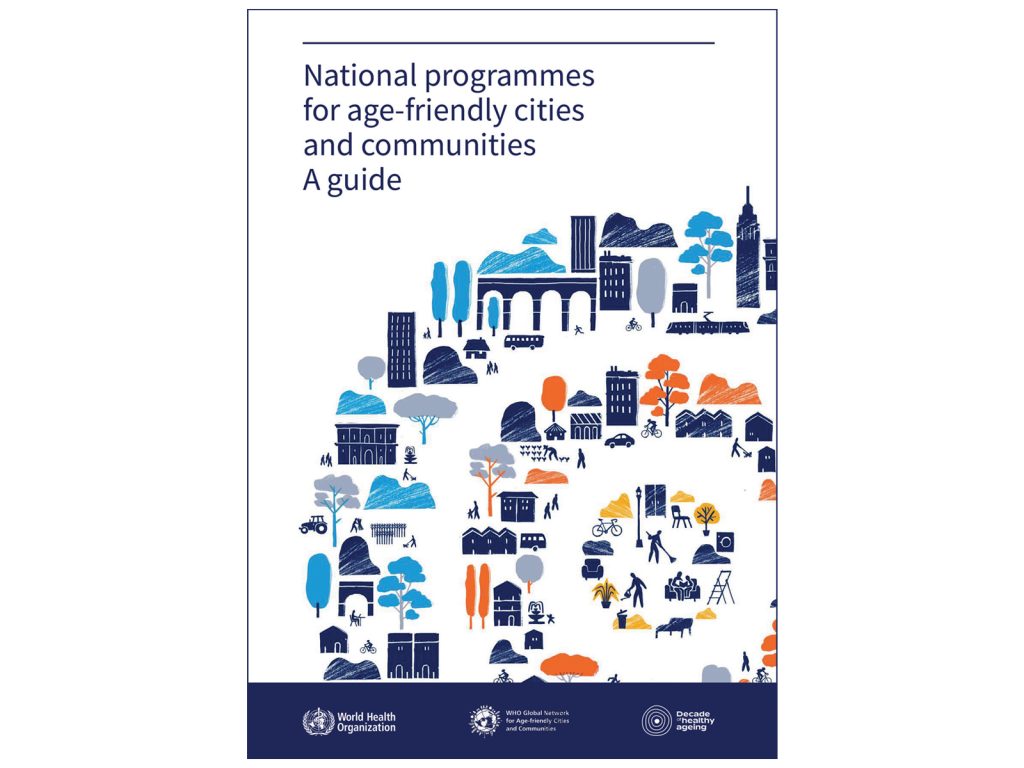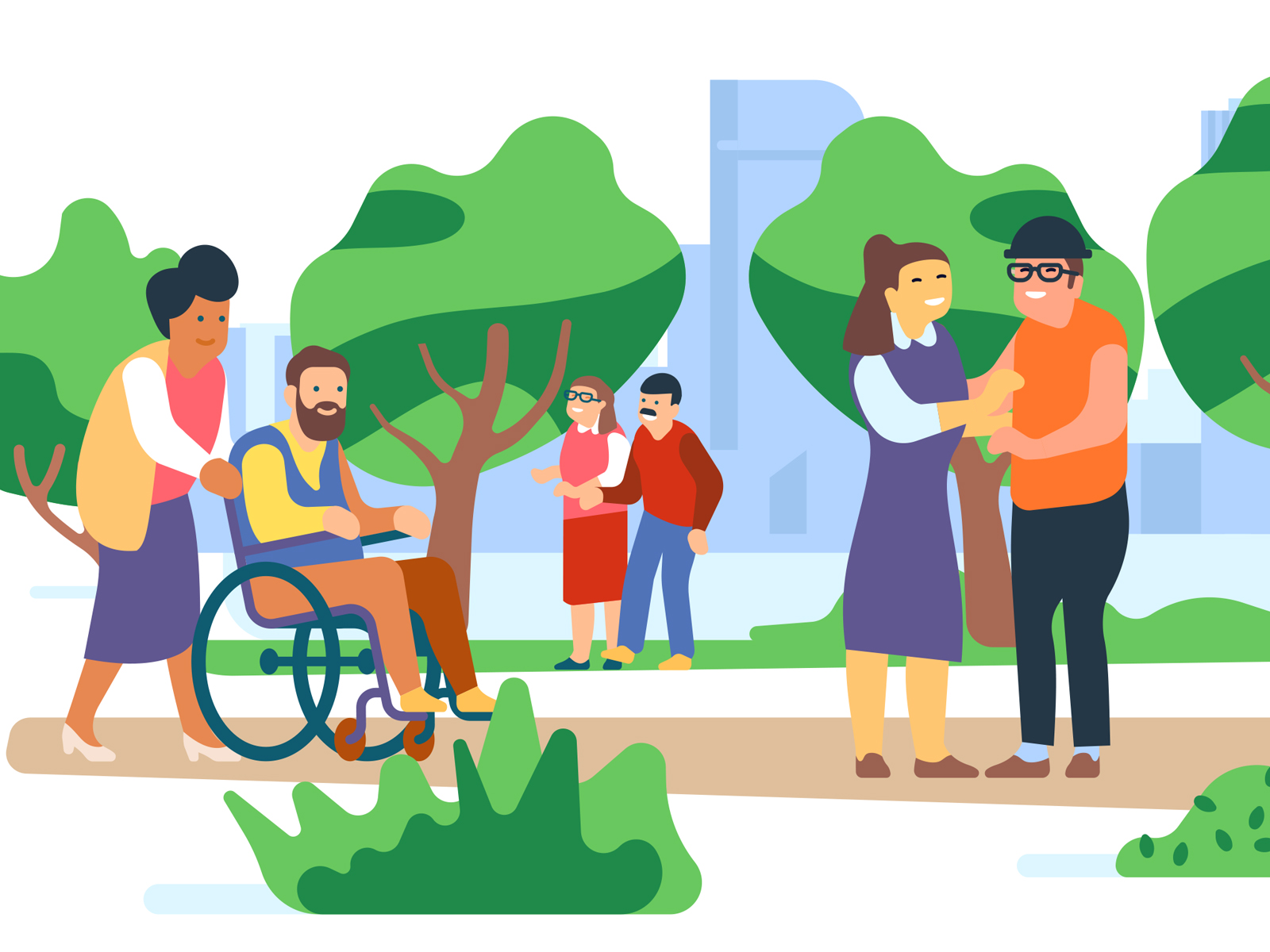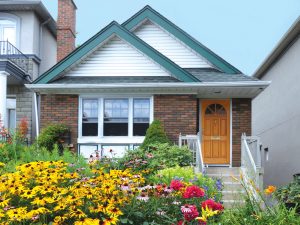By Natasha Way
Most of us want to age at home and stay as independent as possible according to several recent research studies. As a result, experts are keen to find ways to support local seniors and have identified eight key domains in which communities can become more age-friendly. These domains are:
1. outdoor spaces and buildings
2. transportation
3. housing
4. social participation
5. respect and social inclusion
6. civic participation and employment
7. communication and information
8. community support and health services
Initially, Canada worked with, ten communities of 5,000 people across eight provinces who participated in a trial program.
These communities were: Alert Bay, BC, Lumby, BC, High Prairie, AB, Turtleford, SK, Gimli, MB, Bonnechere, ON, Port Hope Simpson, NL, Clarenville, NL, Alberton, PEI and Guysborough, NS.
Today, there are many more places to live that respect lifestyle choices and the diverse skills and abilities of older adults while working to meet their specific age-related needs.
Seniors living in these age-friendly communities can make numerous, healthy connections among people of different ages and abilities to support their well-being. And, their community works towards both protecting those who are vulnerable and recognizing the immense value that seniors bring.
How to evaluate:
As such then, experts recommend that when looking to attract and serve older adults in a community there are services to be provided, changes to be implemented, and ways that can make it easy for seniors to participate in community life.
Age-friendly communities are evaluated by provisions such as those outlined in a checklist by the Government of Canada. To mention a few:
• outdoor areas and public buildings are pleasant, safe, and accessible
• housing is affordable, safe, and well-designed for seniors
• roads, parking lots, and walkways are accessible and kept in good shape
• public transportation is affordable and accessible
• neighbourhoods are safe
• relationships are respectful
• health and community support services are available
• opportunities for seniors to be socially active exist
• seniors can take part in volunteer, political, and employment positions
• information is easy to find and easy to understand
• buildings have automatic door openers and elevators
• accessible public washroom and seating areas
• available ramps where needed
How do you identify an age-friendly community?
Where provincial/territorial recognition programs exist, communities that have demonstrated that they have met at least the first three of five age-friendly communities’ milestones can be recognized by their province or territory as officially on the road to becoming age-friendly.
• Establish an advisory committee that includes the active engagement of older adults.
• Secure a local municipal council resolution to actively support, promote, and work towards becoming age-friendly.
• Create a robust and concrete plan of action that responds to the needs identified by older adults in the community.
• Demonstrate commitment to action by publicly posting the action plan.
• Commit to measuring activities, reviewing action plan outcomes, and reporting on them publicly.
Provinces or territories often obtain additional recognition for their communities from the Public Health Agency of Canada and the World Health Organization.
In an age-friendly community, there is widespread communication, regular information, and programs that make it possible for seniors to live their lives with ease, comfort, and respect. This also involves ensuring that outdoor areas and public buildings are accessible, safe, and pleasant. Affordable and well-designed housing for seniors is also a crucial aspect of an age-friendly community.
Additionally, the community should have accessible roads and walkways, as well as safe neighbourhoods and affordable. Accessible public transportation. Health and community support services should be easy to find and use and opportunities for seniors to be socially active should exist. Finally, seniors should be able to take part in volunteer, political, and employment positions, and information should be easy to find and understand. By striving to meet these criteria, communities can create a welcoming environment for seniors, helping them to thrive and contribute to society for as long as possible.
Championing change
There are guidelines for developing Age-Friendly plans, strategies, and regulations, and the government encourages community champions to promote Age-Friendly initiatives.
In a rural community, being age-friendly may entail having a volunteer driver program that provides transportation to seniors who are unable to drive. Additionally, the community could implement age-friendly housing elements by allowing shared housing so that a senior can live with their caretaker. To prevent loneliness, the local library could be used to create multi-generational and age-specific engagement programs.
In a larger community, Age-Friendly could mean having well-lit and accessible sidewalks, a local senior or community center that offers various services and integrated engagement activities, educational courses, accessible and convenient healthcare services, and a healthy economic center that provides employment opportunities for people of all ages.
Fostering community, preventing isolation, and valuing diversity, inclusivity, and accessibility for all its members is key so let us work together to make each of our communities from coast-to-coast places where seniors are included, respected, and celebrated.
Over 560 communities in Canada have committed to becoming age-friendly (data from 2011). They are making changes to policies, services and structures related to the physical and social environment so that they better support and enable older people to “age actively.” Several Canadian provinces have also put structures in place to support communities in their efforts to become more age-friendly.
A collective effort from everyone.
Natasha Way, Ahki Odayin is a two-spirit person of the Ojibwe People of Wikewemikong First Nations, and Bonnechere Mètis Nations of Ontario. They are an editing assistant, indigenous and disabilities rights advocate, community organizer and artist.

A global initiative
Around the world countries, cities and towns are adopting and working with the WHO Age-friendly Framework to enable local people to live longer, healthier lives while fostering fairer and more sustainable societies. A few examples include:
Ireland – Supports a network of thirty-one programs led by active local authorities.
Akita – In 2013 Akita Japan established its first age-friendly city action plan.
Sai Kung – In 2008, Sai Kung peninsula’s quaint fishing villages were age-friendly pioneers.
San Bernardo – In 2019, San Bernardo, Chile began supporting their elderly population with age-friendly cities.

A place that’s right for you!
Our physical and social environments are major influences on how we experience ageing and the opportunities it brings. Creating age-friendly environments enables all people to age well in a place that is right for them, continue to develop personally, be included, and contribute to their communities while enabling their independence and health.
Developing age-friendly cities and communities (AFCC) is a proven way to create more age-friendly environments—for everyone. This guide provides direction to national authorities and stakeholders responsible for or involved in forming or sustaining national programmes for AFCC.
The guide includes suggestions for meaningful engagement of older people in creating age-friendly environments, detailed examples of existing national AFCC programmes, and practical steps for creating or strengthening such a programme. The vision of this guide is for all countries to establish a national AFCC programme by the end of the UN Decade of Healthy Ageing (2021–2030)—neighbourhood by neighbourhood, city by city, and country by country.
Source: World Health Organization













